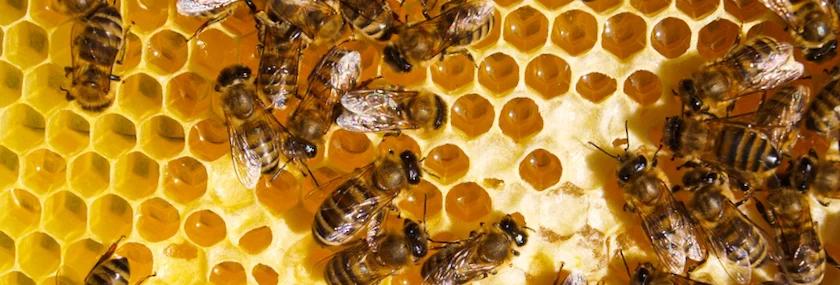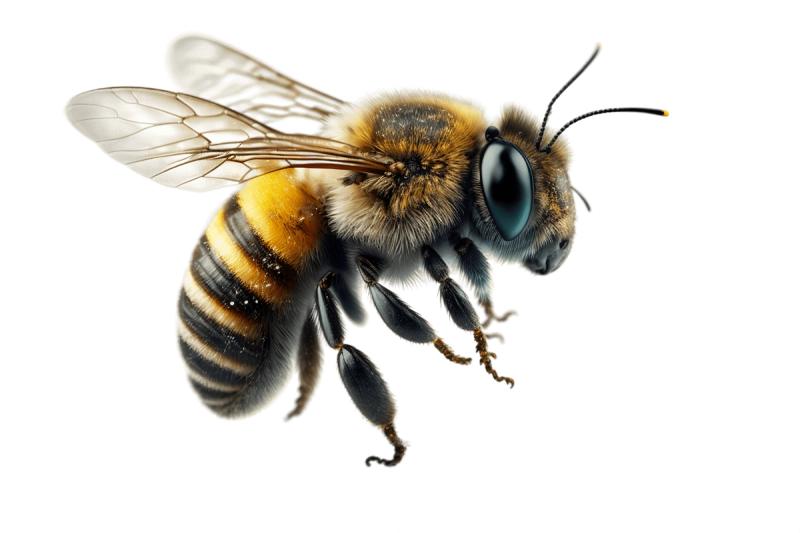Where do bees go in the winter?


Shouldn't bees be returning soon?
By Amanda Budd
For some of us, it’s been a long, cold, and sometimes snowy winter. As summertime pollinators faded from view, you may be wondering what happens to bees during the cold season. Do they hibernate? Are they hiding in plain sight?
The answer depends on the species of bee, but they have an arsenal of strategies to survive the chill, including burrowing, gathering in tight clusters, or hiding in flower stems or leaf piles.
Honey bees
As temperatures drop below 40 degrees Fahrenheit, honey bees return to their hive, leaving only when temperatures rise again. To protect themselves and their queen from the cold, they form tight clusters, constantly shivering and contracting muscles powering their wings to create heat.
The inside of these clusters can reach up to 95° F. To ensure that none of the bees are exposed to cold weather for extended periods, the bees constantly rotate from the outside of the cluster to the inside.
While overwintering in the hive, bees feed on their stores of honey built up during the warmer months. Bees cannot leave the cluster, so it’s important that their honey stores remain directly around them at all times.
Jennifer Berry, a research professional and doctoral student in the Department of Entomology at the University of Georgia College of Agricultural and Environmental Sciences, said, “If the hive is stable and the colony is healthy, we can see honey bees that survive the winter as far north as Canada.”
Other bee species
Other types of bees may burrow in the ground, leaves, or any other natural cavity. Bumblebees, for example, all die off before the winter with the exception of newly hatched queens. Queens, whose eggs are fertilized before the rest of the brood dies off, will burrow underground for the winter and wait for warmer weather.

When the queen emerges, she will feed on nectar and pollen, build a nest and lay her eggs to start the next generation.
Homeowners can help provide safe overwintering spaces for many species of bees by reducing lawn maintenance in the winter months—piles of leaves and stems of flowers often will become nesting spaces for small carpenter bees and leafcutter bees.
For more information on how to protect pollinators, visit the UGA Cooperative Extension website: extension.uga.edu/
About the author
Amanda Budd is a writer with the University of Georgia College of Agricultural and Environmental Sciences.
When will we see them again?
Tags:Sustainable Acres

Acreage Life is part of the Catalyst Communications Network publication family.














